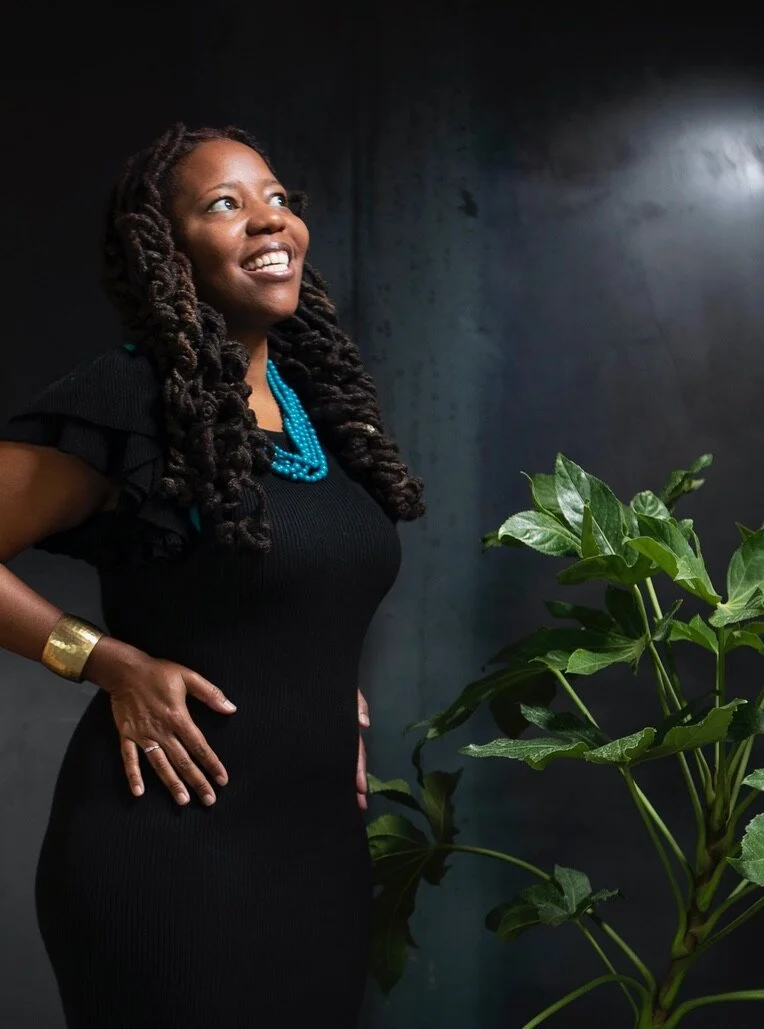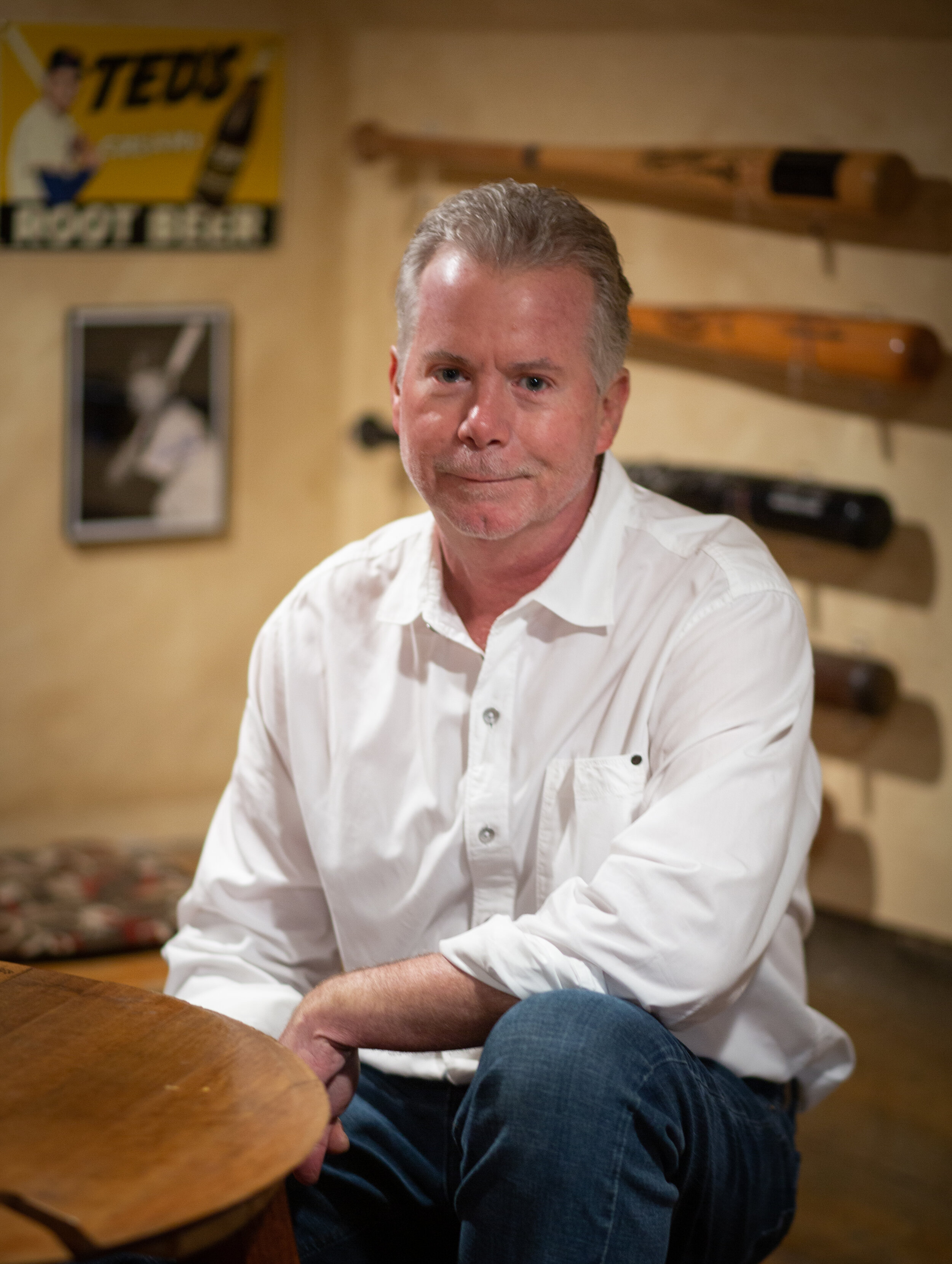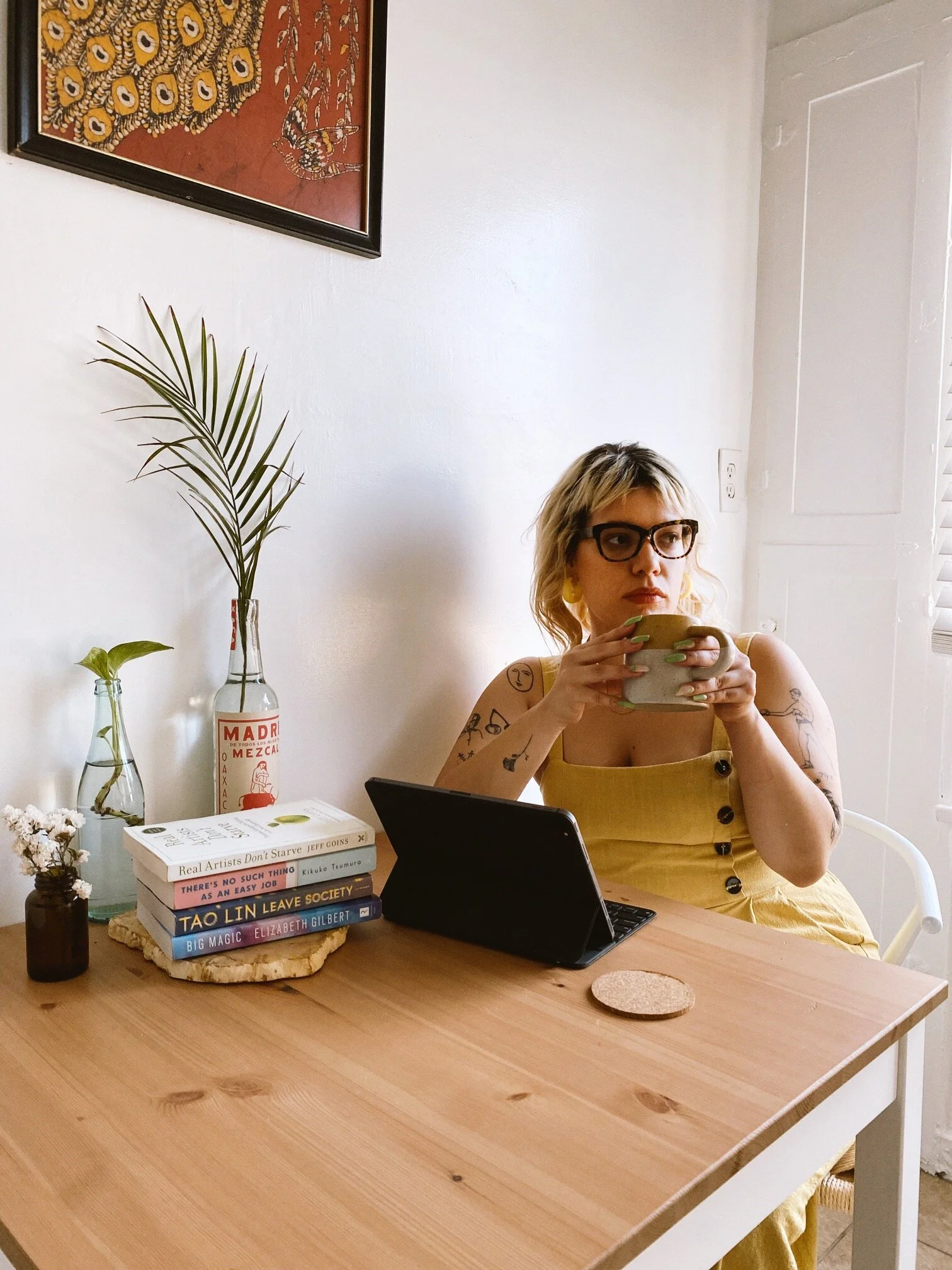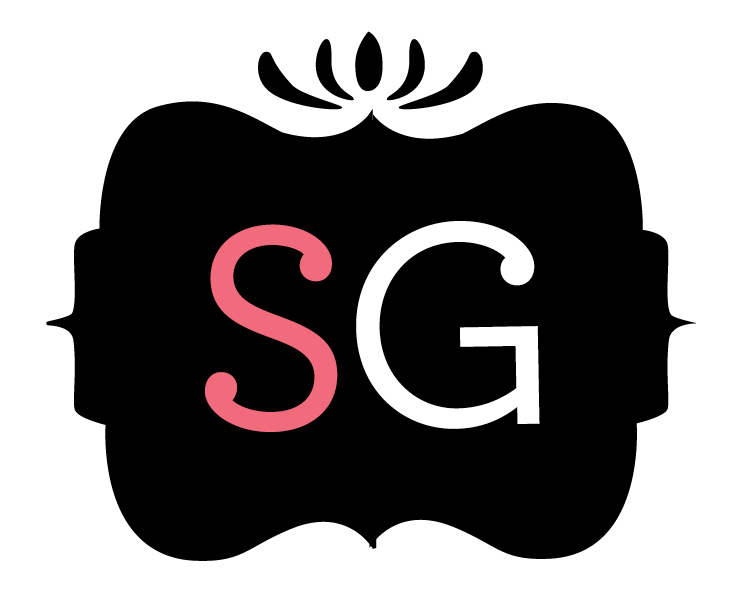In the Community: Interview with Dr. Mi’Jan Celie Tho-Biaz, Ed.D.
[photo credit: Kate Russell]
originally published 3/15/21
Dr. Mi’Jan Celie Tho-Biaz, Ed.D., is an oral historian and restorative storyteller who shapes narratives of personal transformation and community change. As the founder and director of the New Mexico Women of Color Nonprofit Leadership Initiative at the Santa Fe Community Foundation, she works with communities across the themes of sovereignty, transformation, healing and liberation.
Mi'Jan is also a public speaker, represented by FRESH Speakers alongside luminaries like Alicia Garza, Ai-jen Poo and Brittney Cooper. She graces audiences with her visionary, story-rich talks at a range of institutions, from Carnegie Hall to the Institute of American Indian Arts, to SXSW. Her goal? To make the historical contemporary and personal, while surfacing the marginalized stories that need to be heard.
To say this historian’s own history is distinguished is an understatement: Mi’Jan designed and led the Steinem Initiative’s public policy digital storytelling pilot at Smith College, was a visiting scholar at the Interdisciplinary Center for Innovative Theory and Empirics at Columbia University, and is a Kennedy Center Citizen Artist. These days, her collaborations include serving as a BMW Foundation Responsible Leader, and inaugural investor in the Angel Syndicate Black philanthropist community.
What are you dreaming about now?
I’m dreaming about my debut book right now. That’s what’s taking the vast majority of my dream time. The book is about BIPOC creatives who thrive in their emerging, mid, and encore seasons of life. I’m writing about what goes into that, the learnings that they have about each of those stages, and also their stories.
What are you reading right now?
This morning I woke up and re-arranged my schedule to play hooky and watch Amy Tan: Unintended Memoir, as part of the Sundance Film Festival. It reminded me that, especially for those who practice multiple disciplines, we engage and read the world through a variety of media. There’s such a strong emphasis on writers reading, and maybe it’s because I’m an oral historian, but I always remind people: watch films, listen to audio-oral histories in addition to reading and writing. All of those things count in fortifying our practices, especially if you intend on engaging with different art forms. When it comes to multidisciplinary forms of being creative, there are many ways to practice, and we have to remember to be generous with all of our practices and give ourselves grace. My hope is that this line of thinking will catch on.
How do you do your research?
I was trained as a qualitative researcher for my doctorate degree, and my methodology was oral history, which is also a folk art. As a consequence, I still source many of those same methods and ethics. Ethics are especially important because the communities I engage with, unfortunately, have a long-standing history of outsiders parachuting in and being extractive, as opposed to working in mutually kind and generous ways with those communities. So, for me, when I’m doing my research, all of that is in the background, and the foreground of my design thoughts.
Right now, for this book, I have a four-pronged approach.
I made a list of narrators who have rich stories spanning the seasons of their lives and creative practices. I am in the beginning process of watching their previous interviews and asking myself, “what generative themes am I noticing? What does it seem that they like to talk about? What lights them up?” You get so much information from visual representations, or moving images, in contrast to print, or audio content. I also remind myself that I am gazing at their story after it’s most likely been highly edited, so there’s that. However, as I am moving through my research stage, I’m making a point to ask: what appears to be their favorite interview? Because I want to play to the strengths of that when I meet them. I also go through the written work they’ve produced, as well as what’s written about what they’ve created, and I watch, read or listen to the evolution of their creative work across time. The last part of my research, which gets sprinkled throughout, is identifying who I may know in common with each narrator, to get a sense for who this person is in their daily work relationships or friendships. Those are my different layers of how I go about researching the narrators and their creative practices. Across each stage of the work that I do I aim to meaningfully relationship-build, to the best of my ability, in the community of the person whose story I am collecting.
The second component of my research has to do with the topic: building and sustaining professional pipelines for BIPOC creatives’ success. I’ve already looked at Census data: how many self-identified BIPOC creatives are there in the United States? I am also beginning to look for data for Canada, Australia, the UK, and other English-speaking countries. Then, I will take a look at what their landscape is. Are they in a socialist country? I think about that a lot. How would my work life change if I knew for sure that, because of my citizenship, I have guaranteed, fully resourced retirement funds, healthcare, and zero education debt? To be perfectly honest, I think it would change significantly, if I knew I had no debt whatsoever as a result of me developing my craft through my academic degrees. So, I’m going to look at different countries and what they offer, so that I get my narrators’ backdrop and how it may impact their creative and professional lives.
Then, I will also take a look at the impact of gender. We know that people who self-identify as women get paid less. At least in the United States, that is true across almost every industry.
The last thing that I will research for this book is labor organization, its history, and what that might be able to tell us specifically in reference to creative disciplines.
What are you generating in first drafts? When you compose a first draft, what does that look like?
Right now, I’m writing another chapter for my book. It’s vexing. My lit agent asked for this chapter, and it’s exclusively devoted to my own story as a BIPOC creative. It feels super uncomfortable, because it feels vulnerable to speak about my life in reference to my work and my development as a Black woman, as a mother, and as a person who lives in a creative community in the Southwest. It’s not me, me. It’s me plus. So, I feel a bit exposed, shy and overwhelmed.
As a result, I’m consciously saying to myself, “Pretend you’re collecting someone else’s story. Test out the questions, and feel what it’s like to be, perhaps, unfiltered while answering them. Then, dwell with the sensation of saying and sharing these stories and having them recorded.” And then, I think about going on to collect the narrators’ stories, identifying the points at which we come together in our experiences, and finding what could be woven together, as well as how we have arrived at similar and different endpoints.
What does it look like when you are revising or editing your own work?
I do a rough edit. I recognize that I am not ever going to be the very best editor for my work. Never. Outside eyes are absolutely essential. At some point during my doctoral dissertation process, my mentor at the time gave me the best advice: take everything off of your plate that you ethically can remove. Everything that is not your direct responsibility. That’s the only way that you will be able to do all of the things on your plate that are just yours to do. You can’t chase two rabbits at once. I don’t delude myself into thinking that I am the best editor for my work. I say to myself, just get the first imperfect draft done. I want it to be great. I want it to be so great. But, I do a first pass, I try to do the best job I can, and then I toss it to you (Kristy) and my agent to help me move through subsequent revisions.
Do you have a feedback group or partner? What are you exchanging with them right now?
I have a rich community of beloved creatives, but we don’t trade our work. I don’t think I need a lot of cooks in the kitchen. My book is a hybrid, composed of many oral histories, and at this point in my career, I trust myself as an oral historian and the work that I do. Also, part of the ethics of the oral history practice is that I give it back – I return the transcribed, edited oral histories to the narrators, and the only way that I move forward is after they give me the thumbs up. Above anybody else, those are the people I am immediately responsible to, with their stories.
With that being said, I do belong to multiple creative communities, and they are not made up of writers who write exclusively. For instance, I have ongoing friendships that were born out of a residency for folk artists and futurists, and one of my dear friends and colleagues from that group is a dancer, choreographer, and writer. I am very fortunate to be in a circle of people who can understand me and contextualize me as a folk artist dedicated to cultural heritage preservation.
Is there anything you’ve learned from your collaborators about your creative process?
That same friend, the dancer, choreographer and writer, helped me work out a challenge I had been facing for about four years. It started with an artists’ talk I did at Columbia University. I was in a packed room as their kickoff person for their event series that year. I remember how the talk began, but the next thing I knew, I was looking up at the clock, and it was all done. I don’t have any memory of what happened between the beginning and the end. And then, for the next four years, before the pandemic, just about every speaking engagement went exactly like that. Other people understood it – my speaking agent, for instance, grew up in Hawaii and she says that the way I give keynotes and artist talks is like something they do at home called “talking story,” and what I described wasn’t confusing to her. She understood exactly why it was dynamic, and why it felt comforting and nourishing to the listeners. But for me, it was frightening. So, fast forward, I turned to my friend, and I said, I need to understand how to install a dimmer switch when I speak, because the “power” was either off or on. I wanted to be able to adjust it to my comfort. And he said, “Mi’Jan, I can’t help you with that: you want to control what’s happening, and from my perspective, what you’re experiencing in those moments is the spirit moving through you the way light shines through a window. Why would you want to mess with that? We are in such great need of all of the light we can possibly get. So, please, don’t mess with the window to the soul. Take pride in that way of life.”
Tell us a story.
One of the people who contributes to my book is a Navajo painter, and a dear friend. He’s had a career for, I don’t know, thirty years? After I received the news that I was awarded the Kennedy Center Citizen Artist award and fellowship, he sat me down in his studio, and asked me a series of questions, saying, “Mi’Jan, right now you’re at an apex in your creative career, and I want to know what you’re going to do with it?” I wasn’t sure what he meant by that, and he pressed a bit more, asking, “How many years do you think you have to live?” That question really struck me in a negative way at first! But then he explained, for him, as a Navajo painter, eyesight is extremely important, as well as the dexterity in his hands. He recognizes that he probably only has so much time with his vision and his dexterity, so he thinks that maybe he will get another ten years practicing. It made me deeply sad, because I can’t imagine life without one of my dearest friends, and a decade would be so, so soon. The idea of not seeing more of him and his paintings out in the world broke my heart. But it also lit a fire in me. I decided to think about his question, and answer it for myself. How long do I think that I get to practice as an oral historian? How long do I think people will pay good money to see me on a stage talking about the things that I talk about, and sharing the stories that I collect? How long do I think I will have as a writer? What is dependent in terms of my senses, and the way that I write? And, here I am, just starting with my debut book. So, it made me say, get after it girl! You’d better get after it! Don’t wait another five or ten years. That would be taking my work--and the people who I work with--for granted.
***
I coax sexy writers like Dr. Mi’Jan Celie Tho-Biaz, Ed.D. to reveal their creative secrets and processes in interviews to inspire you:
Visit Mi’Jan’s website.
Subscribe to Mi’Jan’s Tiny letter.
Follow Mi’Jan on Instagram.
Feeling inspired? Book a private session with me, The Sexy Grammarian. You always leave private sessions with homework and inspiration, and the first session is always free.










